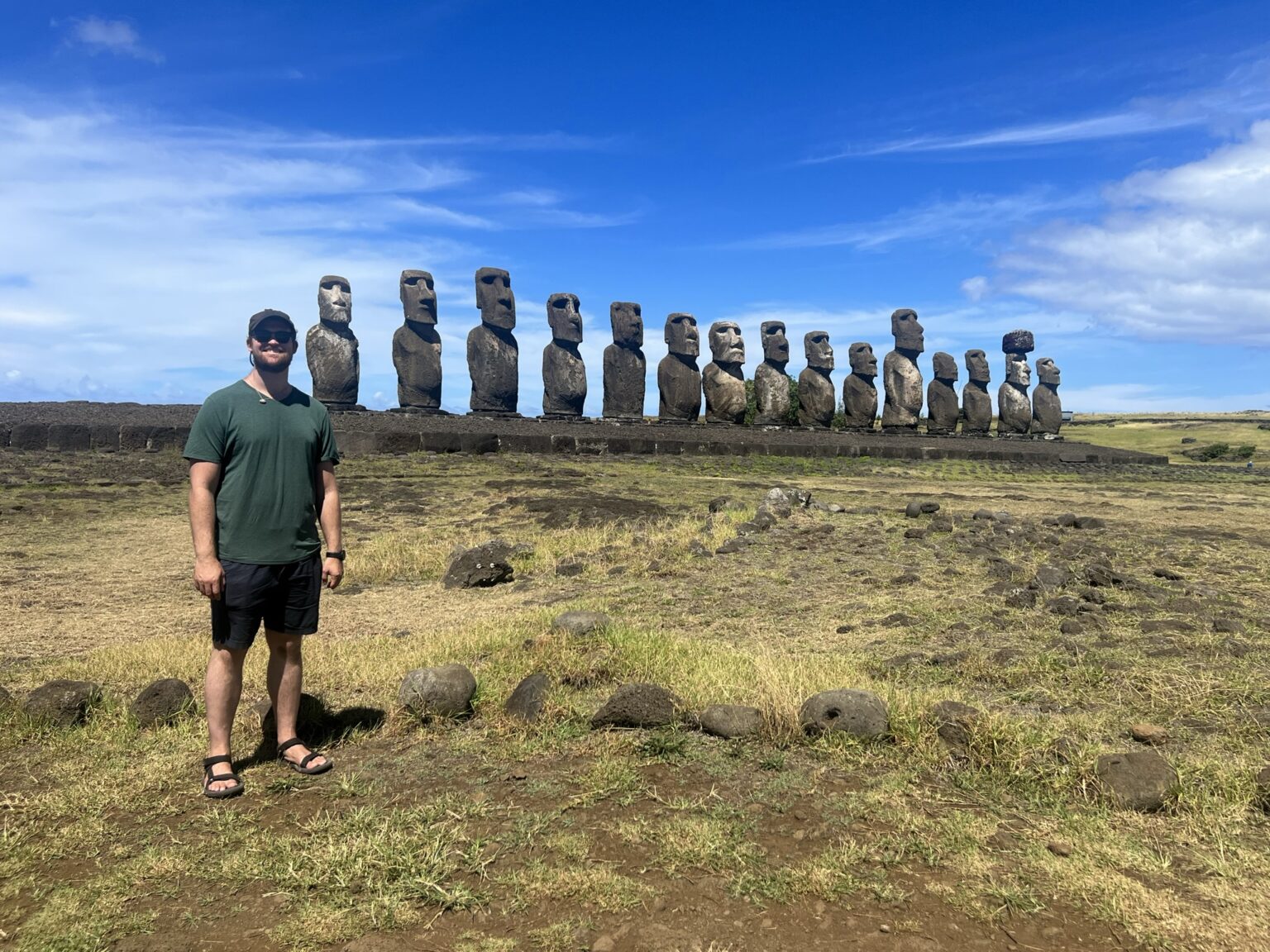Rapa Nui, also known as Isla de Pascua (Easter Island), is located over 2000 miles west of mainland Chile in Polynesia. We were interested in learning more about the history, culture, and Moai statues in one of the most remote places on Earth.
Best Thing I Ate This Week
Ceviche del Chef at Makona Restaurant
Fresh seafood is a key component of the diet on Rapa Nui and is a central part of almost every restaurant on the island. The most common preparation of the fish is ceviche (raw) and cooked fish filets (to varying levels based on preference). Tuna is the most abundant fish and it is routinely brought fresh daily to the restaurants.
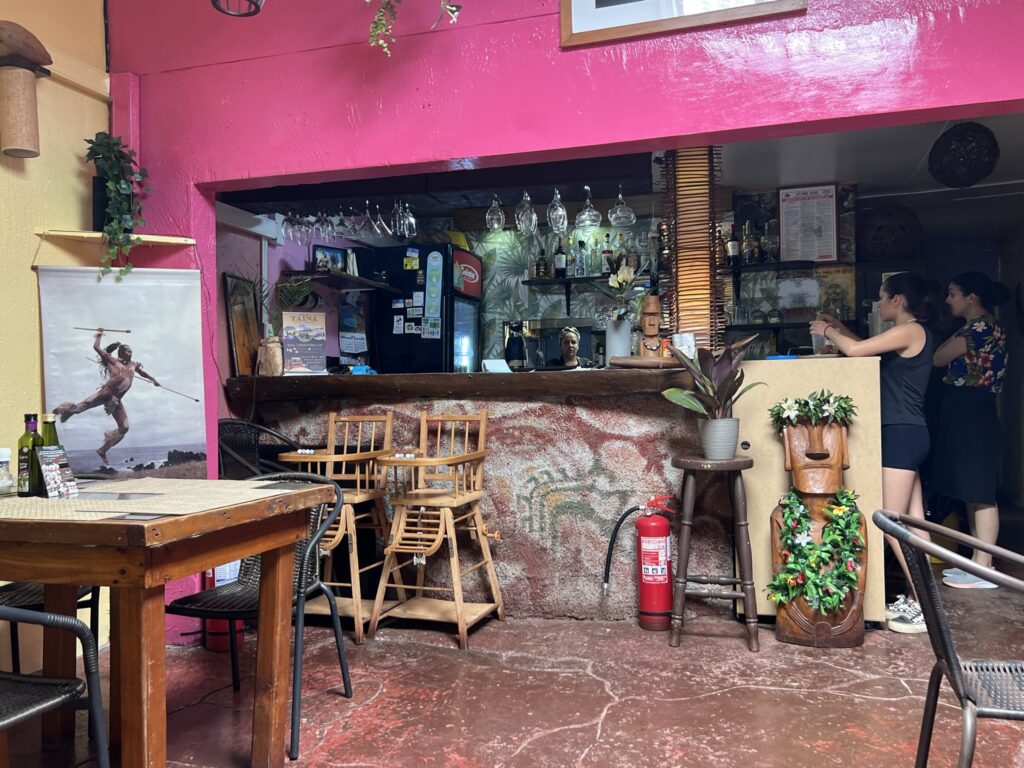

We received a recommendation that Makona is the place locals like to go for delicious ceviche at a great price. Upon arriving at the restaurant we were lucky to get the last table and a few guests were turned away while we dined. We ordered two tuna dishes, the ceviche del chef and pescado grillado con salsa de 5 pimientas (grilled fish with pepper sauce) which were fantastic. The ceviche was so good that we decided to return a second time during our visit to sample the ceviche trilogia del pacifico so that we could try 3 different preparations of the dish which was well worth the return trip.
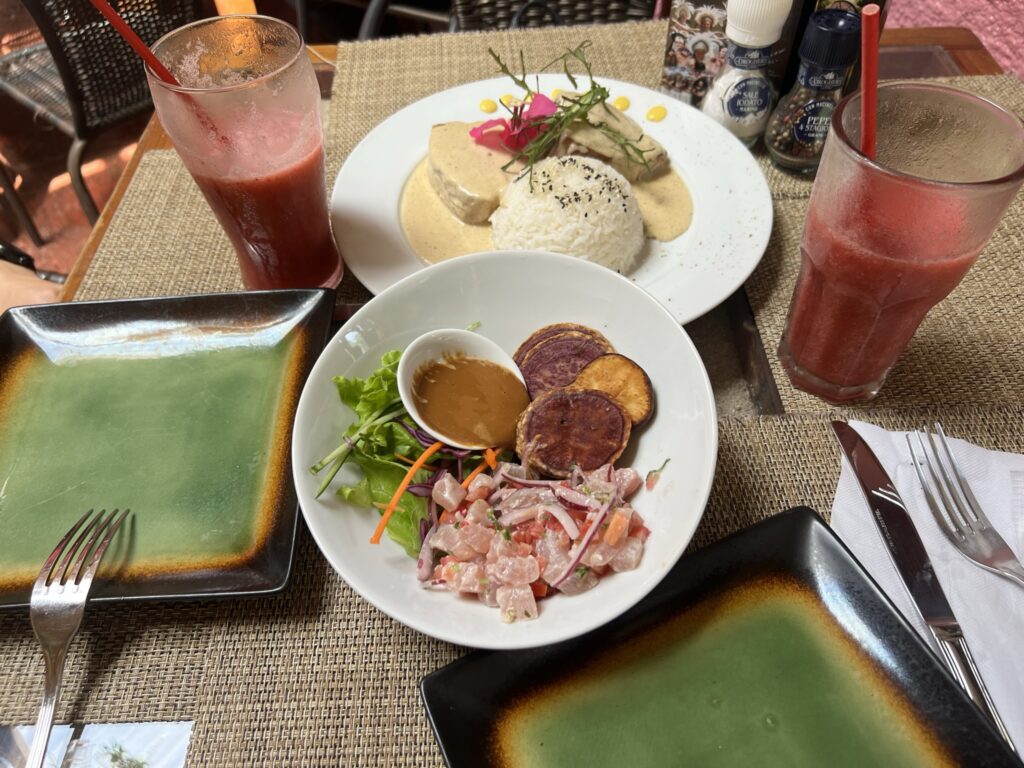

An Interesting Fact I Learned
The Moai connect the living to their ancestors
Rapa Nui is over 2000 miles from mainland Chile and over 2500 miles from Tahiti making it one of the most isolated places on Earth. The island is most known for its incredible Moai statues, with the largest being over 30 feet and weighing more than 80 tons. While there is not a fully agreed upon explanation about the Moai and the history of Rapa Nui, during our time we explored a few of the best sources to learn more.
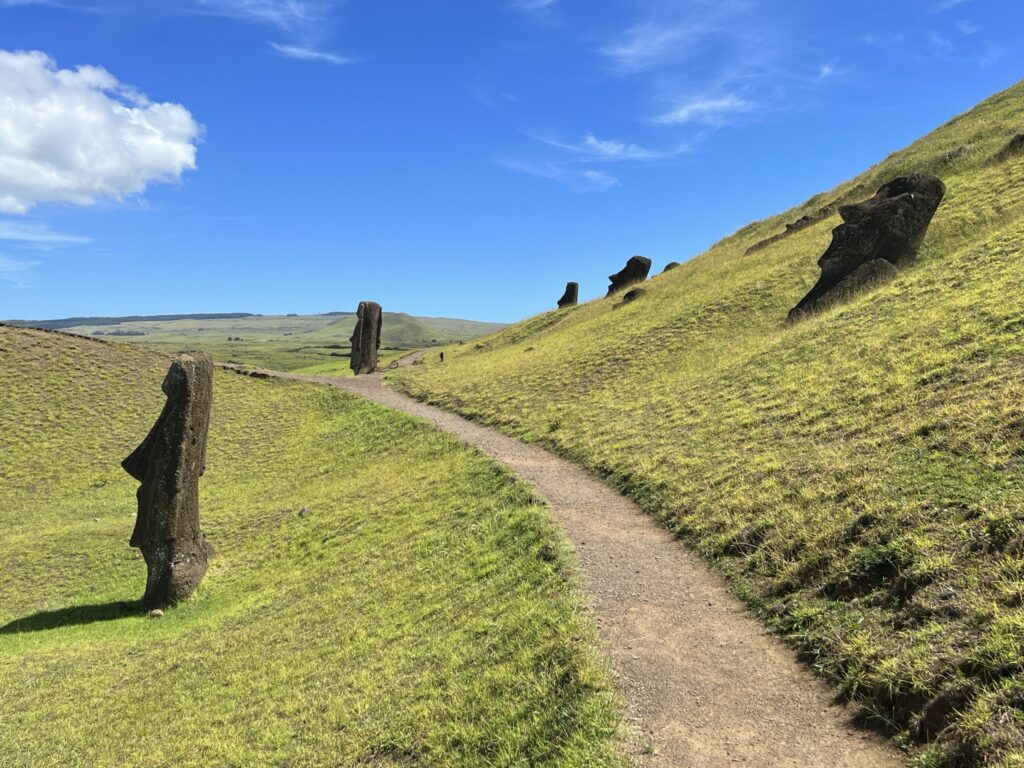

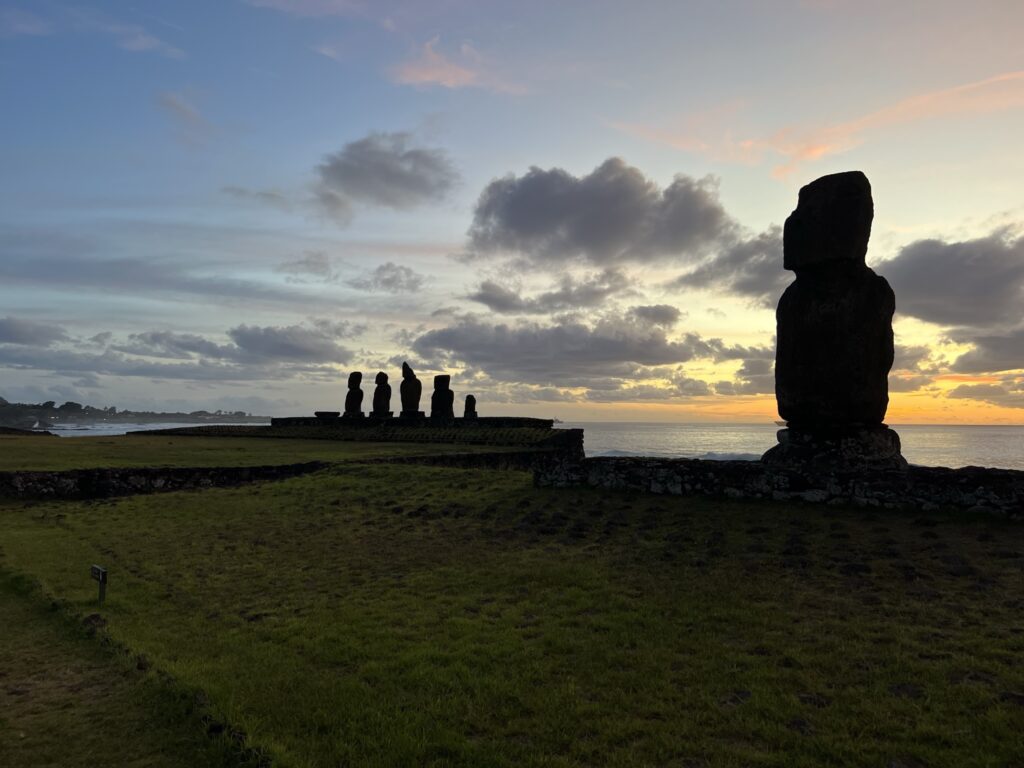

Museo Rapa Nui is a free museum on the island that combines archeological evidence, scientific theories, current accounts from the original community, and stories collected by the European explorers from 1722 onwards. It explained that the Moai were representations of ancestors and considered sacred to the clans that built them. Unfortunately during a period of turmoil the Moai were toppled by warring clans as a sign of the utmost disrespect.


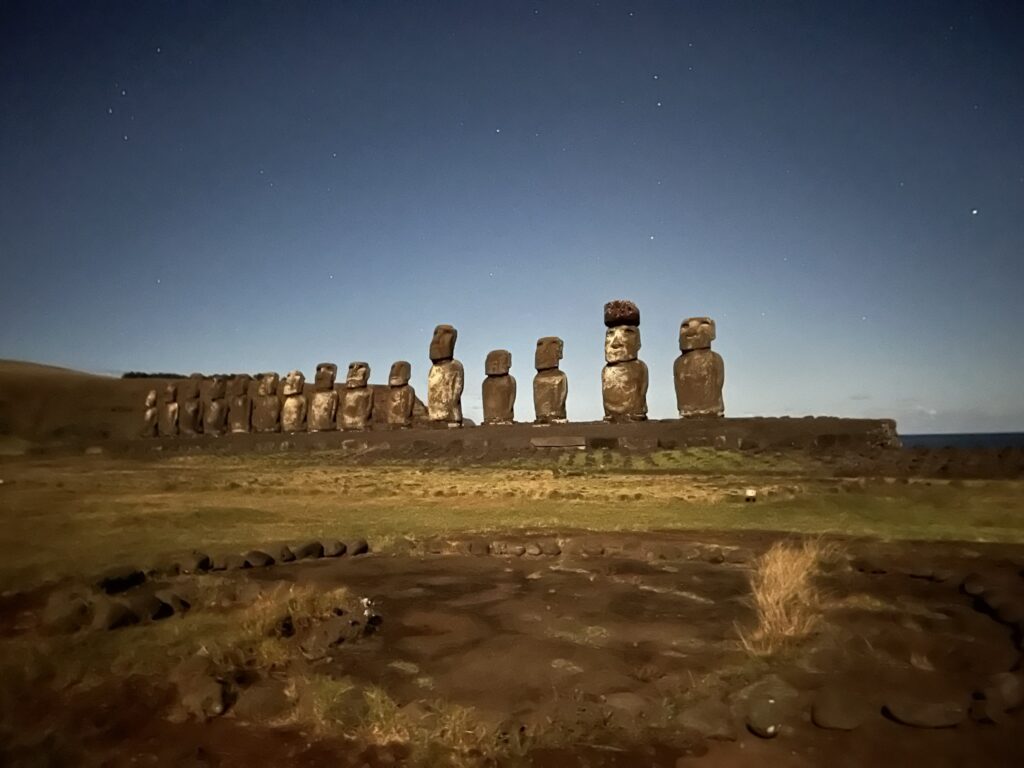

Additionally, to visit Rapa Nui National Park you must hire a certified guide and both of our visits were led by people with direct connections to those that built the Moai. They shared the oral history that was passed on from their families and explained that the Moai were considered a living connection to their ancestors. They also showed us the most important sights such as the production quarries, the Moai themselves, ceremonial sites, and ancestral homes. We were able to see Rano Raraku where the Moai bodies were made and many remain unfinished today as well as Puna Pau where the Moai hair were made. They believe the Moai were walked from Rano Raraku (similar to how a fridge is moved) to the ahu (platforms) and placed there to look over their communities in the distance.
My Travel Tip of the Week
Embrace cultural norms to best experience them
Part of our exploration of Rapa Nui National Park included a traditional evening at Te Ra’ai where guests meet the living culture of the island. When you arrive they offer you traditional face paintings and ask you to participate in an ancestral ceremony. The ceremony includes a brief prayer and an introduction to the traditional dancing which you are encouraged to participate in. After the ceremony, you enjoy a buffet dinner combined with a traditional Umu (meat, fish vegetable, potatoes cooked over rocks buried in a hole in the ground). During the dinner a band performs traditional music and dancers complete traditional dances along to the songs. At some points people were brought on stage to join in and be a part of the celebration.
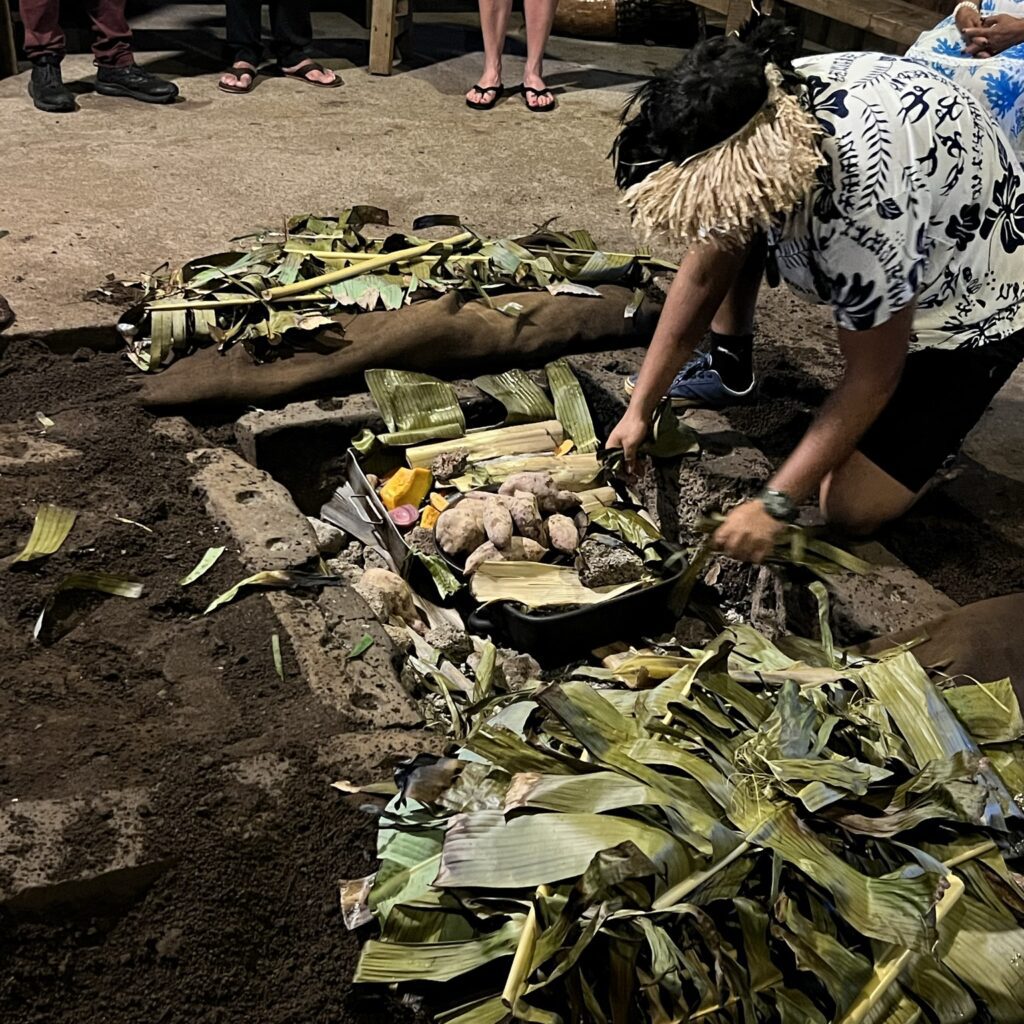

There were many people that fully embraced these activities and joined in each step of the way. Most of the time I did not participate, but still found that it was an enjoyable evening as a bystander. The restaurant is owned by a family and after the evening concluded we were talking to them to learn more about the history behind it. At this time, they shared how their goal is to not only to show their culture, but to have people participate alongside them. It made me realize I could have been more integrated into the experience through better participation. This participation would not only have been a more memorable experience for me but would have made them happier to see me fully embracing their customs rather than just observing them.
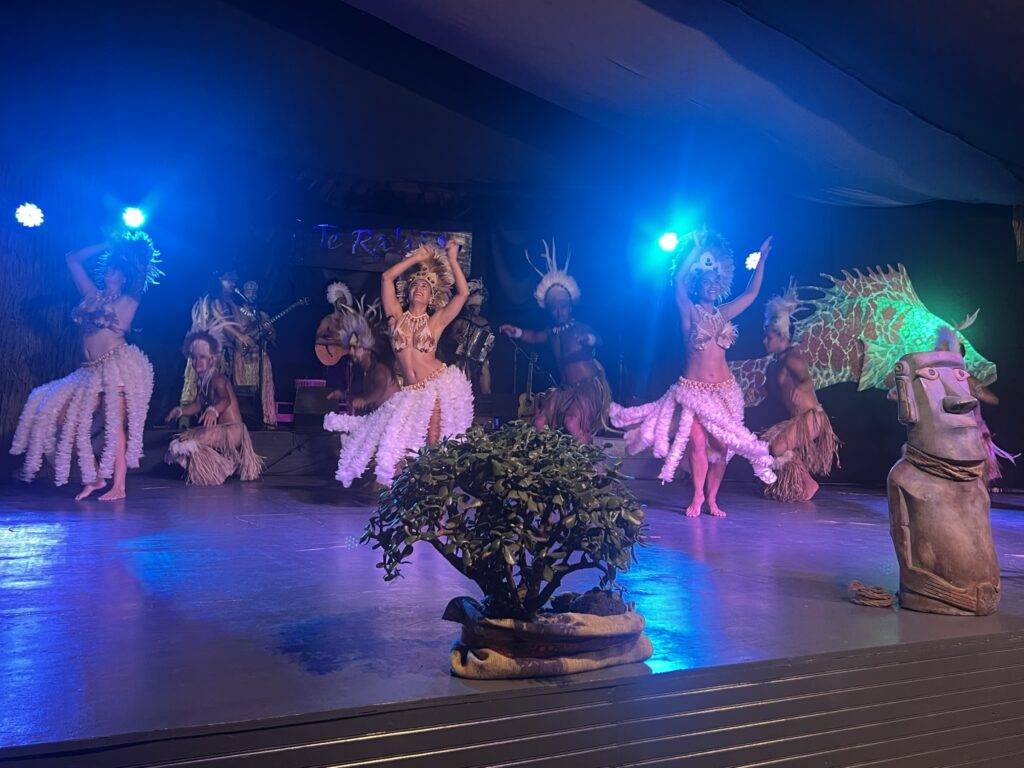

My Additional Anecdote This Week
Rapa Nui, a Culture Unlike Any Other
There are under 10,000 people that live on Rapa Nui, an island measuring only 63 square miles but what it lacks in size it makes up for in some of the best hospitality I have ever experienced.
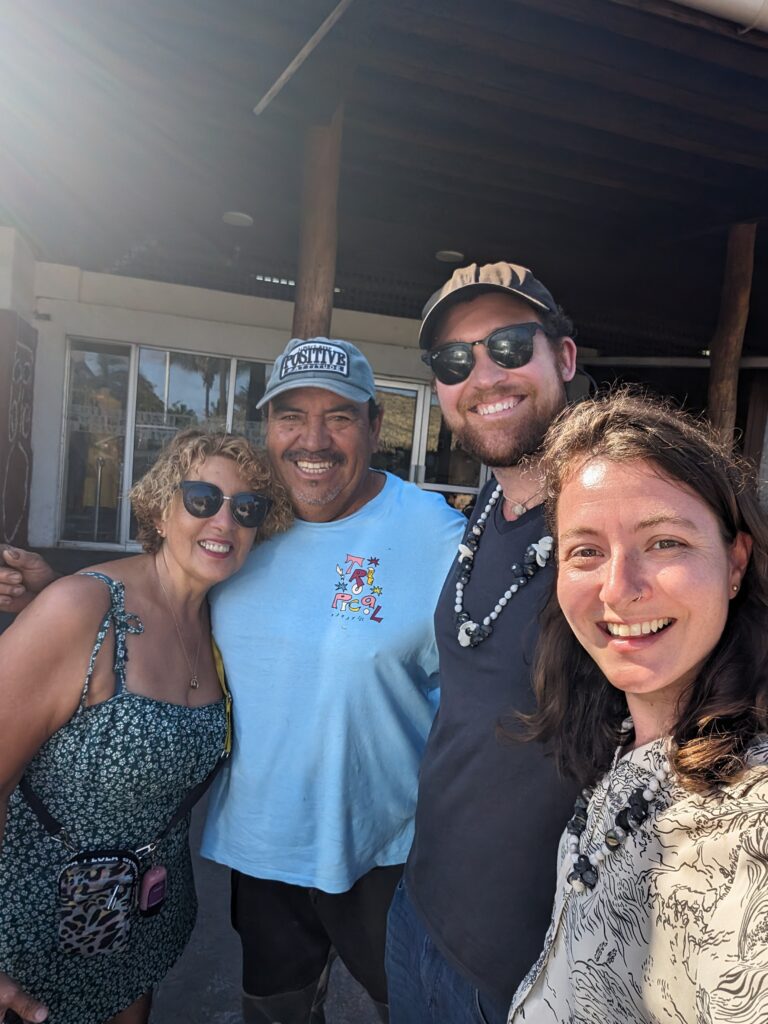

Upon arriving at the 1 gate airport in Hanga Roa, the owner of our lodging greeted us out front with leis. On the short ride into town he proudly shared how there is no crime on the island, so much so that people don’t lock their doors and many times leave them wide open. Numerous people passed by which he greeted by name, and he made sure to let us know seat belts were not necessary because there are no traffic accidents on the island. Throughout our stay he would offer us fresh fruit that he brought back from his farm in the countryside and routinely checked in to make sure we were enjoying our time on the island. At the end of our wonderful stay, he dropped us off at the airport and surprised us with beautiful seashell necklaces.
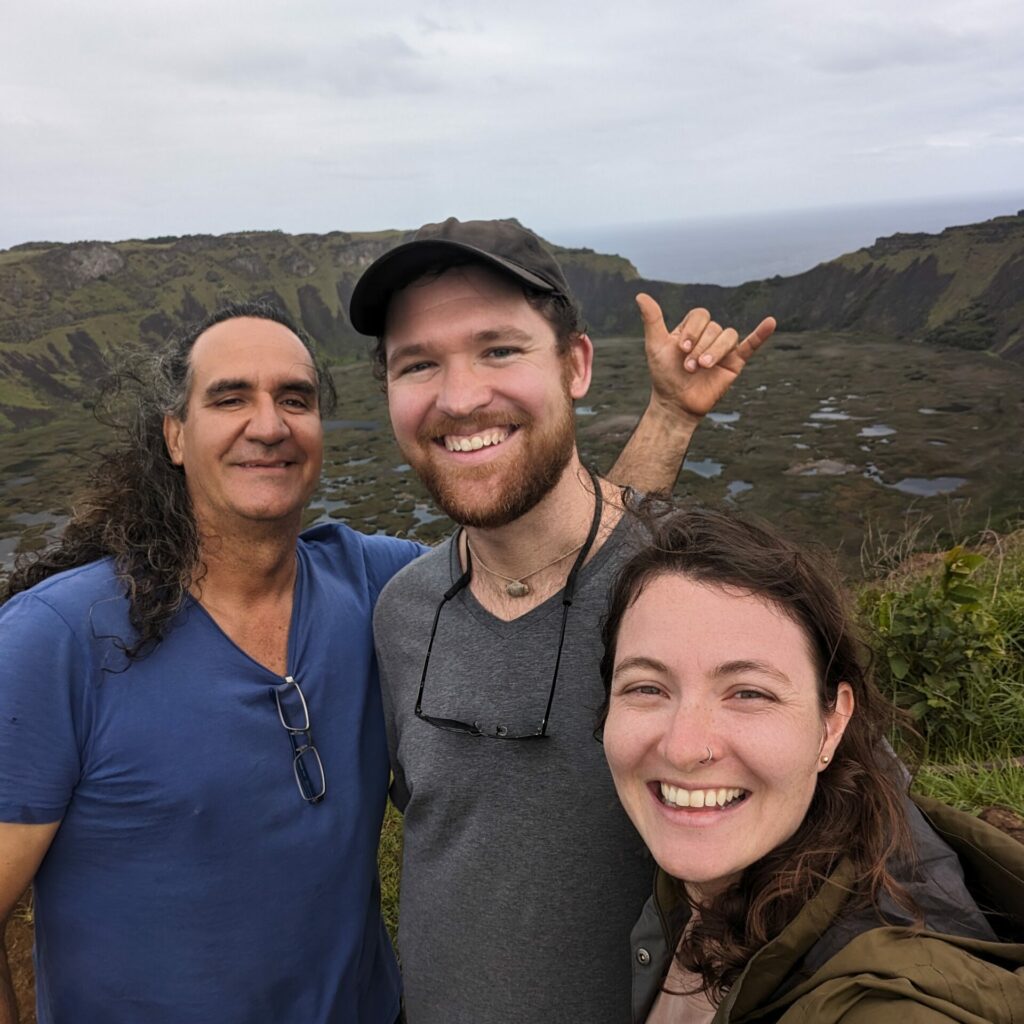

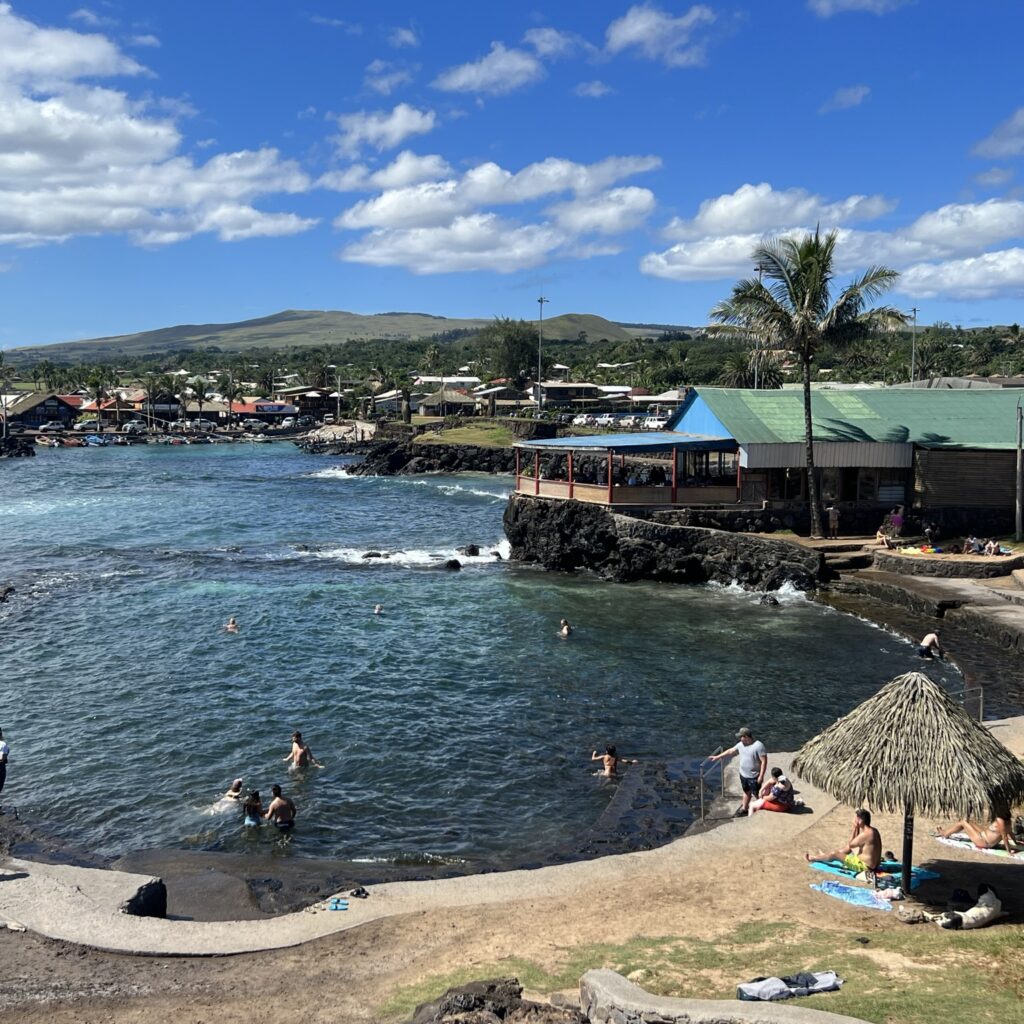

There were numerous other examples of restaurant owners and tourism professionals making an exemplary effort to make sure we had a memorable time at Rapa Nui. However, one extraordinary example of the kindness of the island occurred while we were eating helado at the harbor. A local invited us to his table to learn more about us and how our visit was going in Rapa Nui. When he found out we had not yet visited the most scenic volcano on the island, he insisted that he take us there. On the way he shared more about life on the island today, how it compared to his time living in mainland Chile, and aspects of Rapa Nui’s history. After a great afternoon, he dropped us off at a swimming hole and was surprised we didn’t have a pair of goggles to see marine life so he gave us his extra pair of goggles. It allowed us to see wonderful colored species of fish which were incredible. At the end of our trip, he even met us at the airport to hear more about the end of our stay, wish us well, and let us know we were always welcome to return.
How to Follow Our Travel:
We are actively posting on Instagram with more candid stories and updates about our travel.
If you want to get a weekly email of our latest blog postings, sign up below!
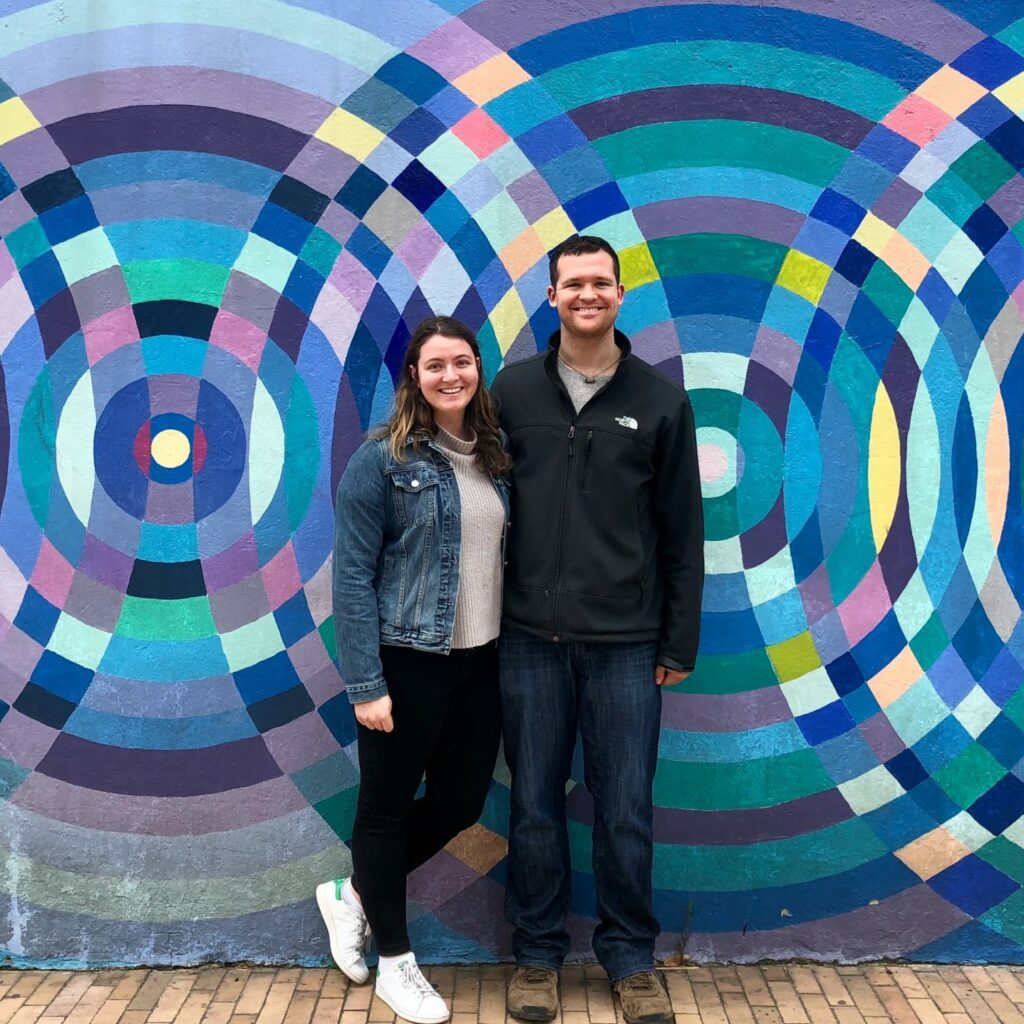

Hi! We Are Kevin and Melina!
We are Kevin and Melina, two avid travelers who have decided to take our hobby of traveling into our new lifestyle.
Follow along as we show you the highs and lows of planning, coordinating, and executing travel to help you make the most of every travel adventure.

